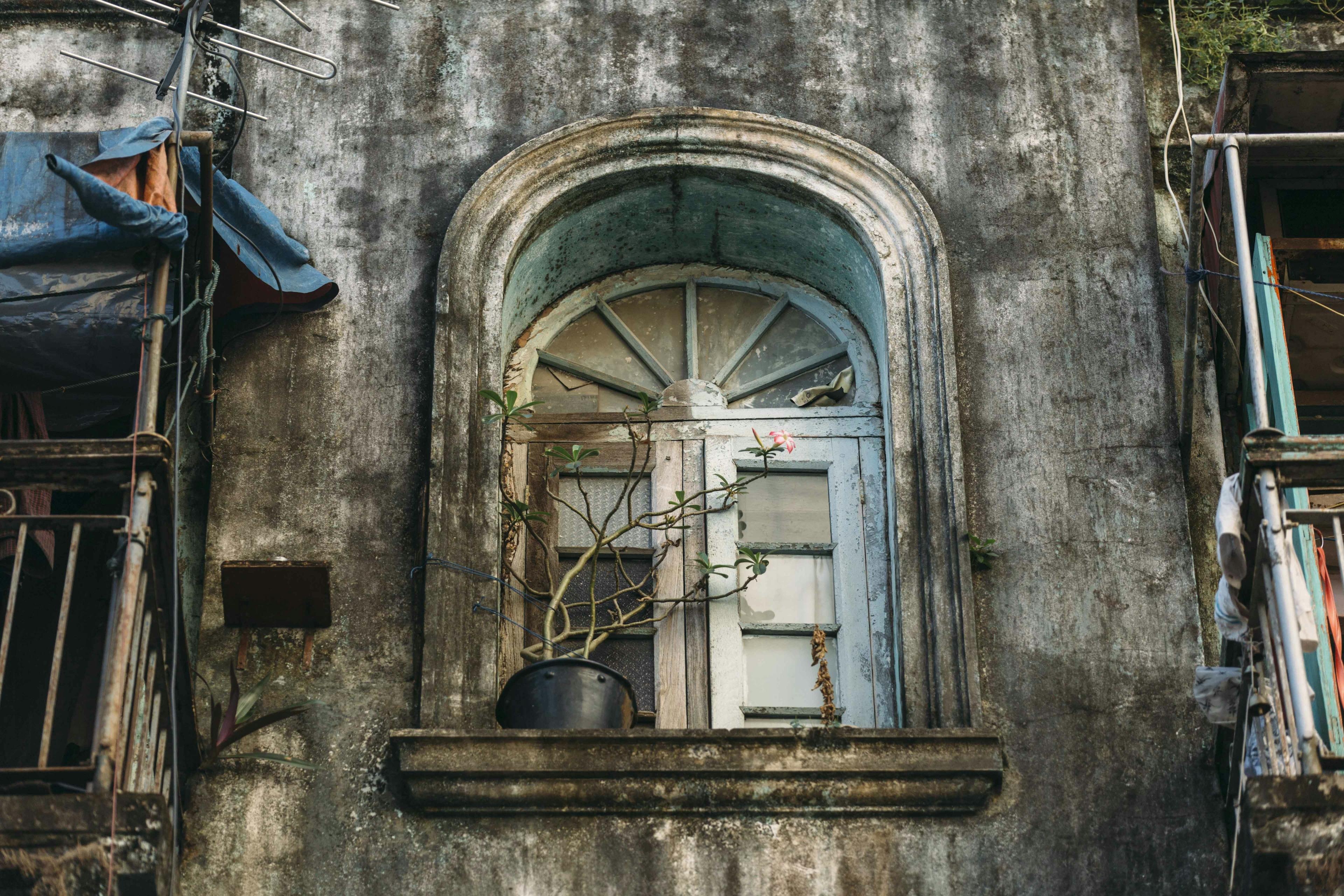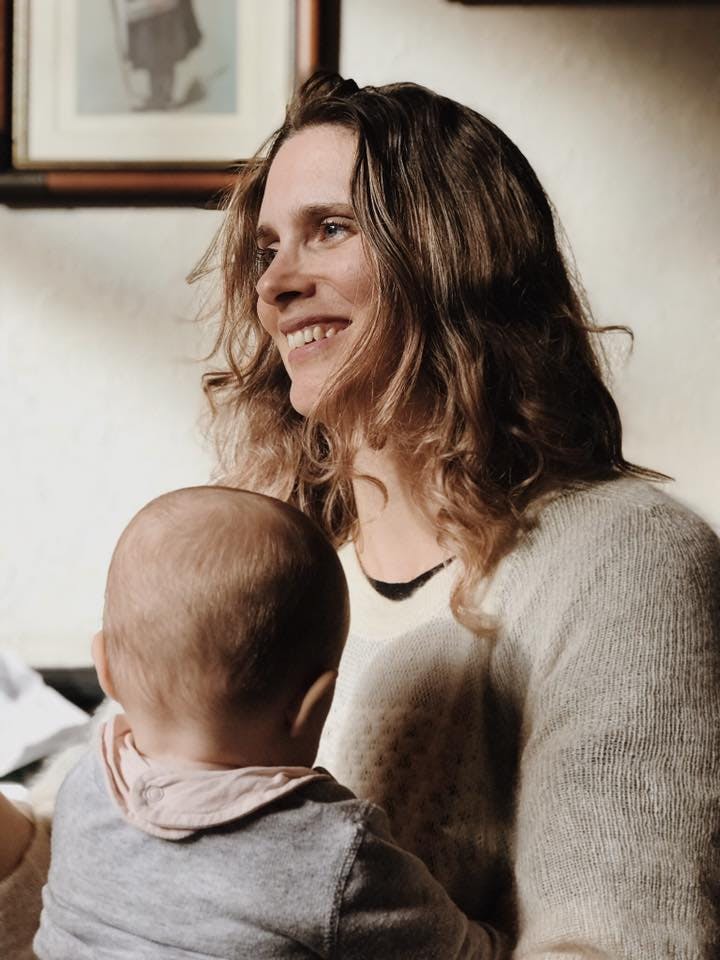In downtown Yangon, Myanmar, plants have a different, but similarly tenacious hold over both local residents and the buildings that house them. While the carefully tended and propagated domestic container gardens that flow from homes onto busy streets are a source of pride and pleasure, the plants that overgrow the city’s buildings are more fateful creatures. Having landed there on a wing and a prayer, so to speak, their roots and tendrils will eventually drive brick and mortar apart. This presents issues for urban planners and conservationists alike, who are undertaking the future-proofing of the city against a backdrop of fast, unregulated growth and the equivocal development that comes with it.
The plants and trees growing from walls, gutters, and roofs lend the city a dilapidated glory - they are the wild, illegitimate cousins to the graceful, aged trees that steadfastly line downtown streets. Trees like Padauk, or Burmese rosewoods, Kyun (teak), Magyee (tamarind), Ngu (laburnum), and Pan Ei (crepe myrtle) add layers of botanical significance to Yangon’s cityscape. They offer an array of meaningful engagements that range from religious significance to protective shade from the searing heat of the day, shelter from monsoon rains as well as providing an arboreal cohesion for the city’s older residents.
Debates circulating around the loss and propagation of trees, plants, and gardens hint at how cities function, what is important and to whom. Such is the underlining context of this photo essay. Yet a third layer reveals itself. Juxtaposed against the grandeur of Yangon's historic trees and its tenacious, wild sown plants, are the domestic gardens of some of the city’s residents.
As conversations with some of Yangon’s residents revealed (through a translator), these potted gardens hold their own intimate narratives. People’s relationships with their gardens illuminated understandings of health, pleasure, and spirituality. Moreover, it illustrated other interesting aspects, namely, the way plants are cared for can also showcase the passing down of intergenerational knowledge.
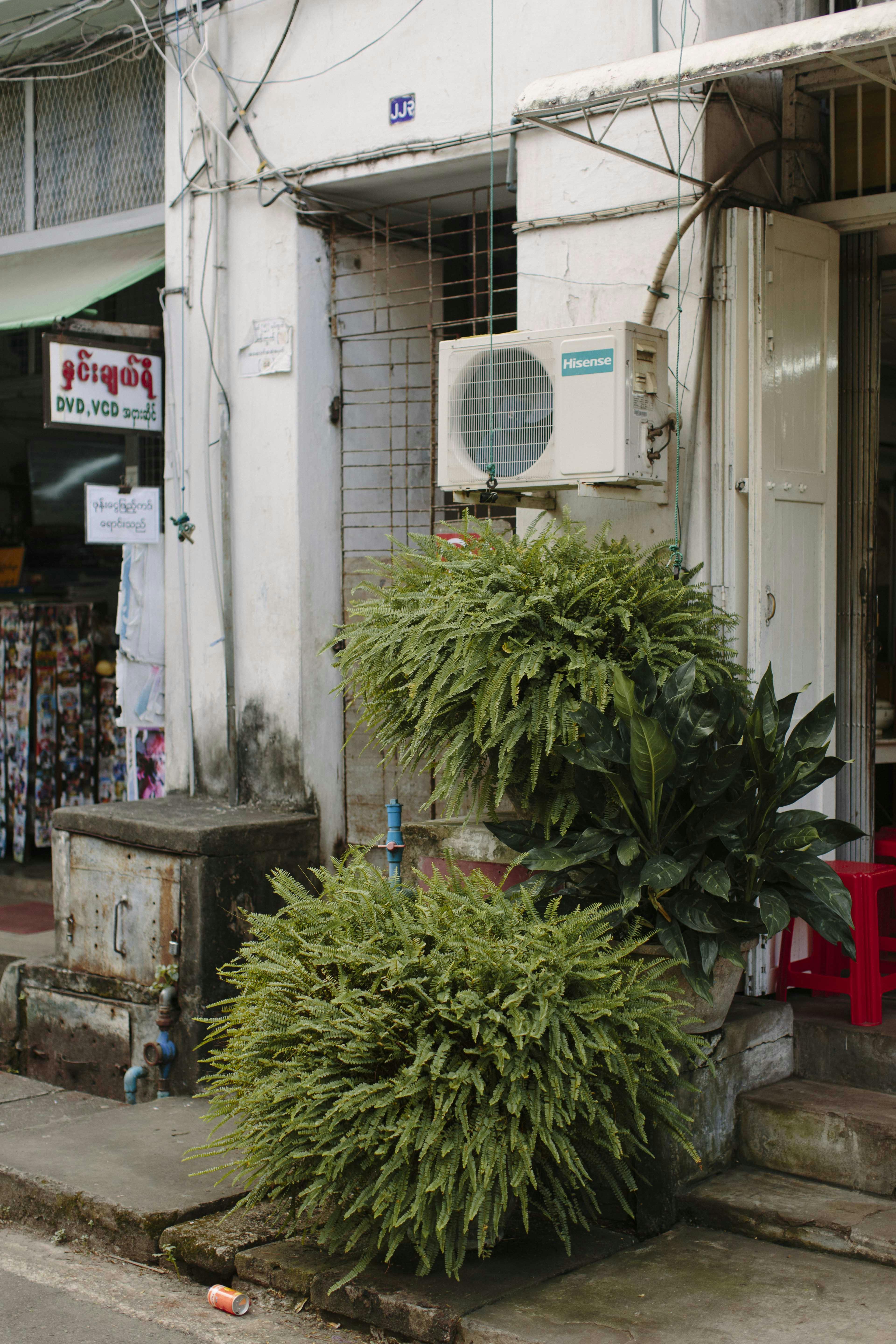
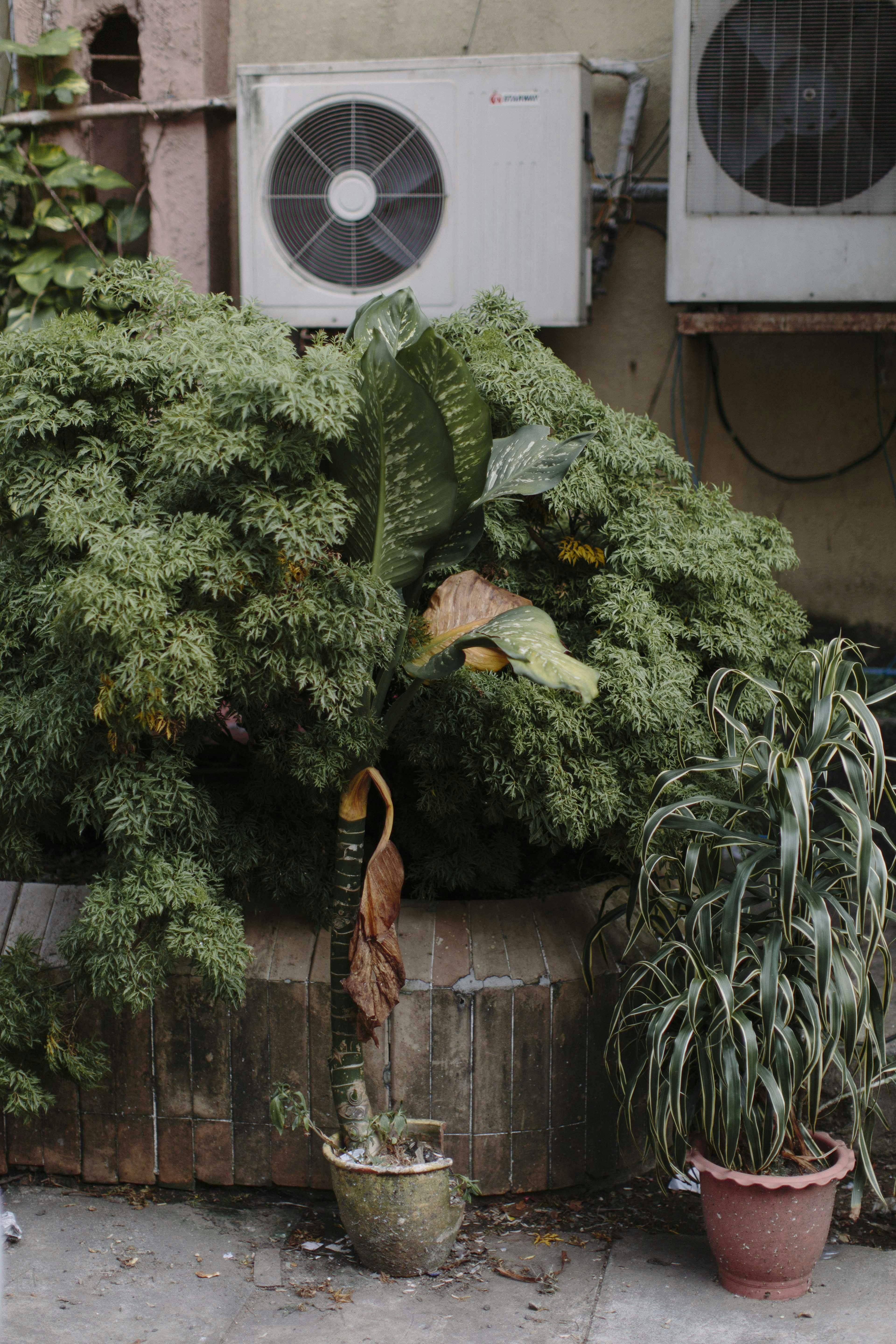
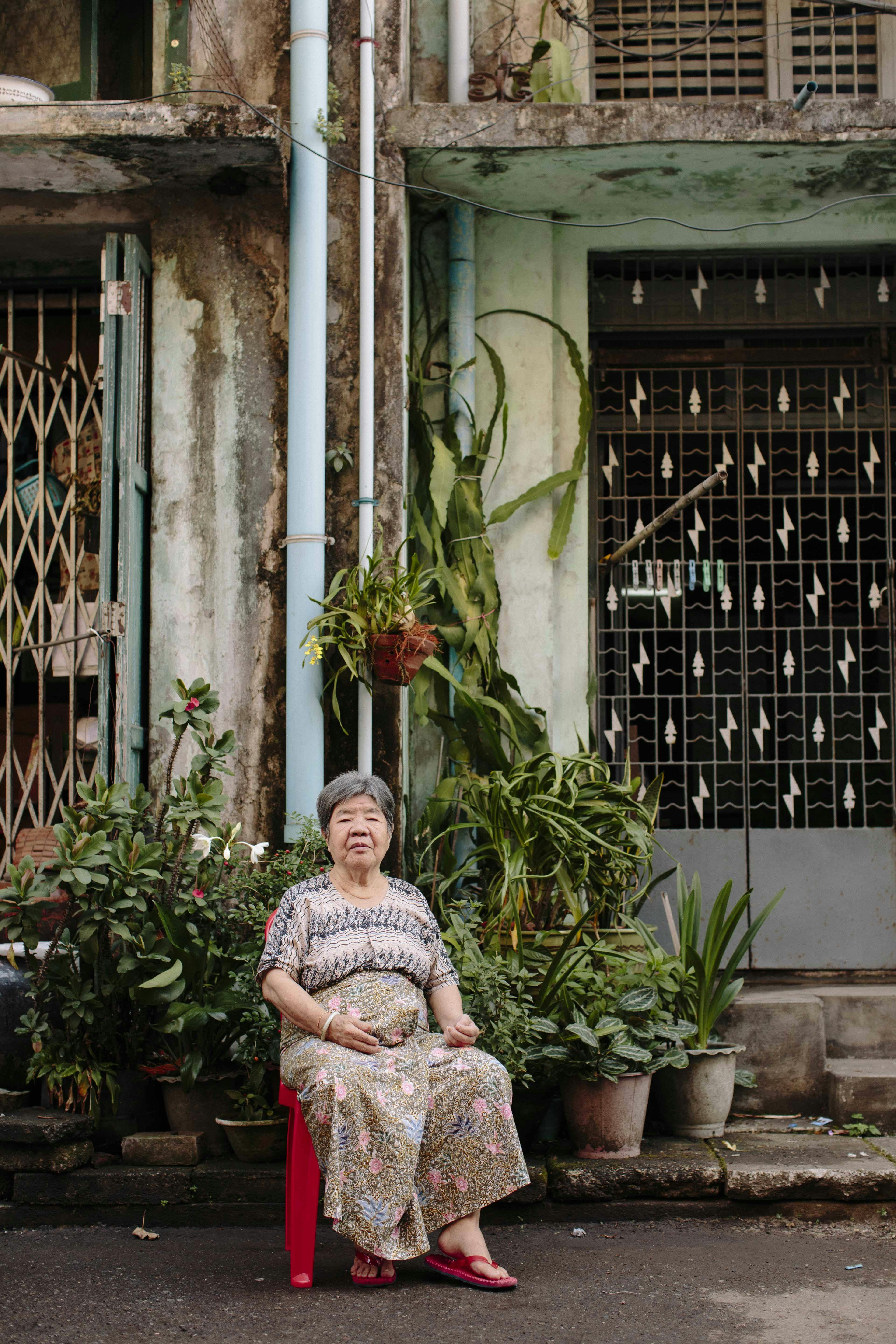
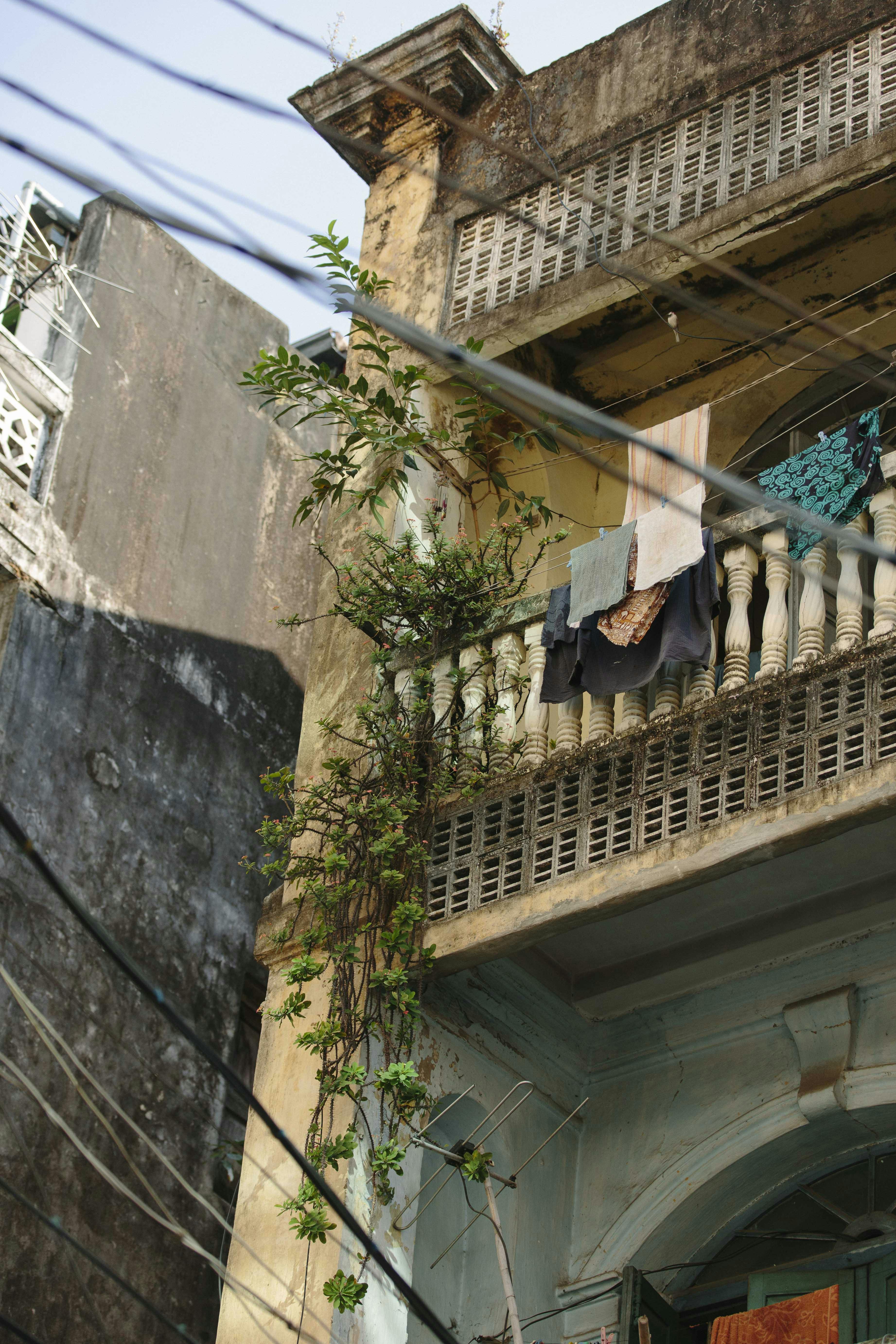
!<Win Mar and Margaret’s house is notable for the maturity and diversity of their plants. Many of these plants were first tended to by the family matriarch, now 92, who gardened on the roof until it became unsafe, and was then moved down to street level. Margaret learned her gardening skills from her grandmother.>
“I have been gardening for 60 years now. At first there were a great many plants, but due to some road repairing and paving, I had to throw away many plants. It was such a pity to throw them away. I love plants for the way they beautify the house.”

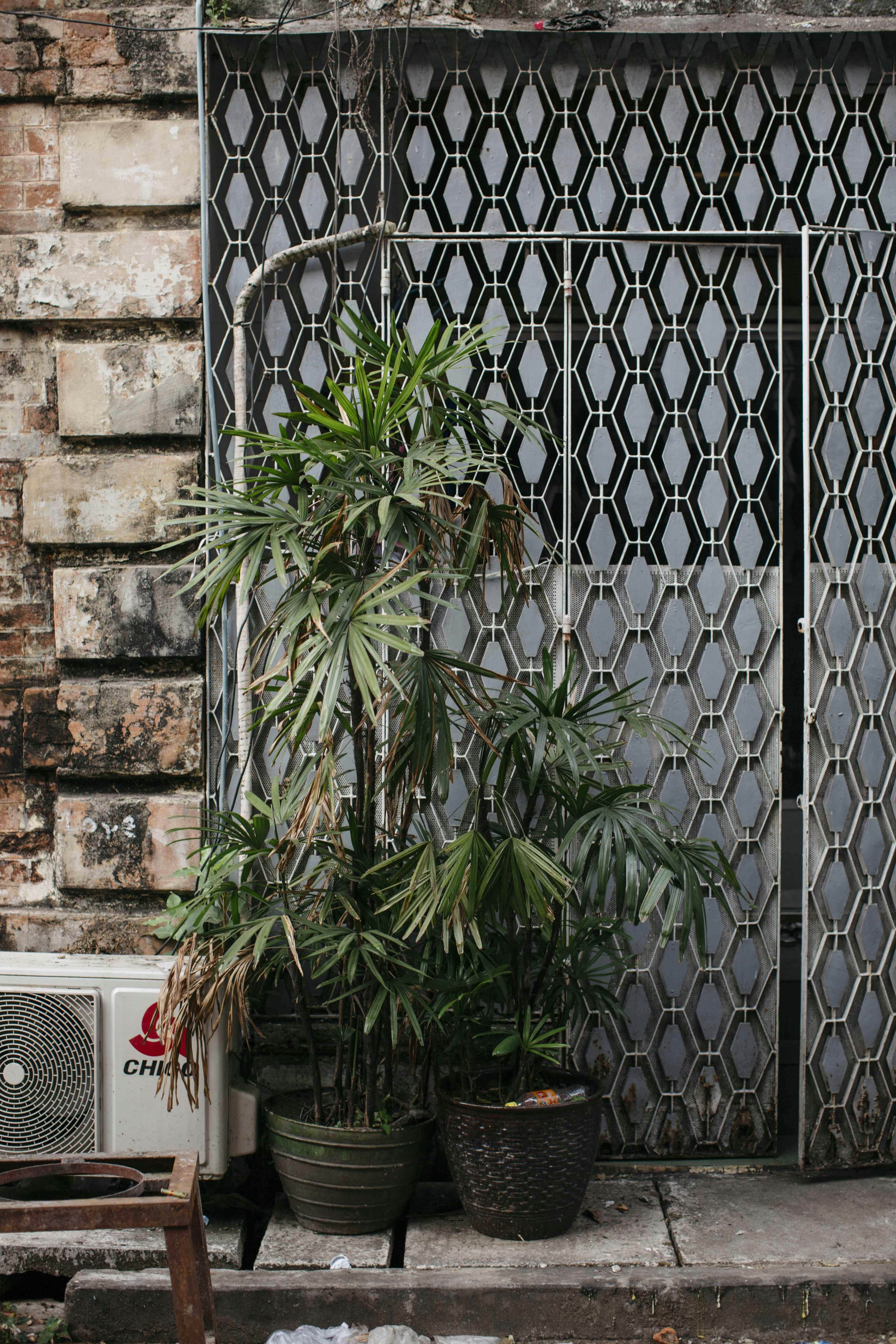
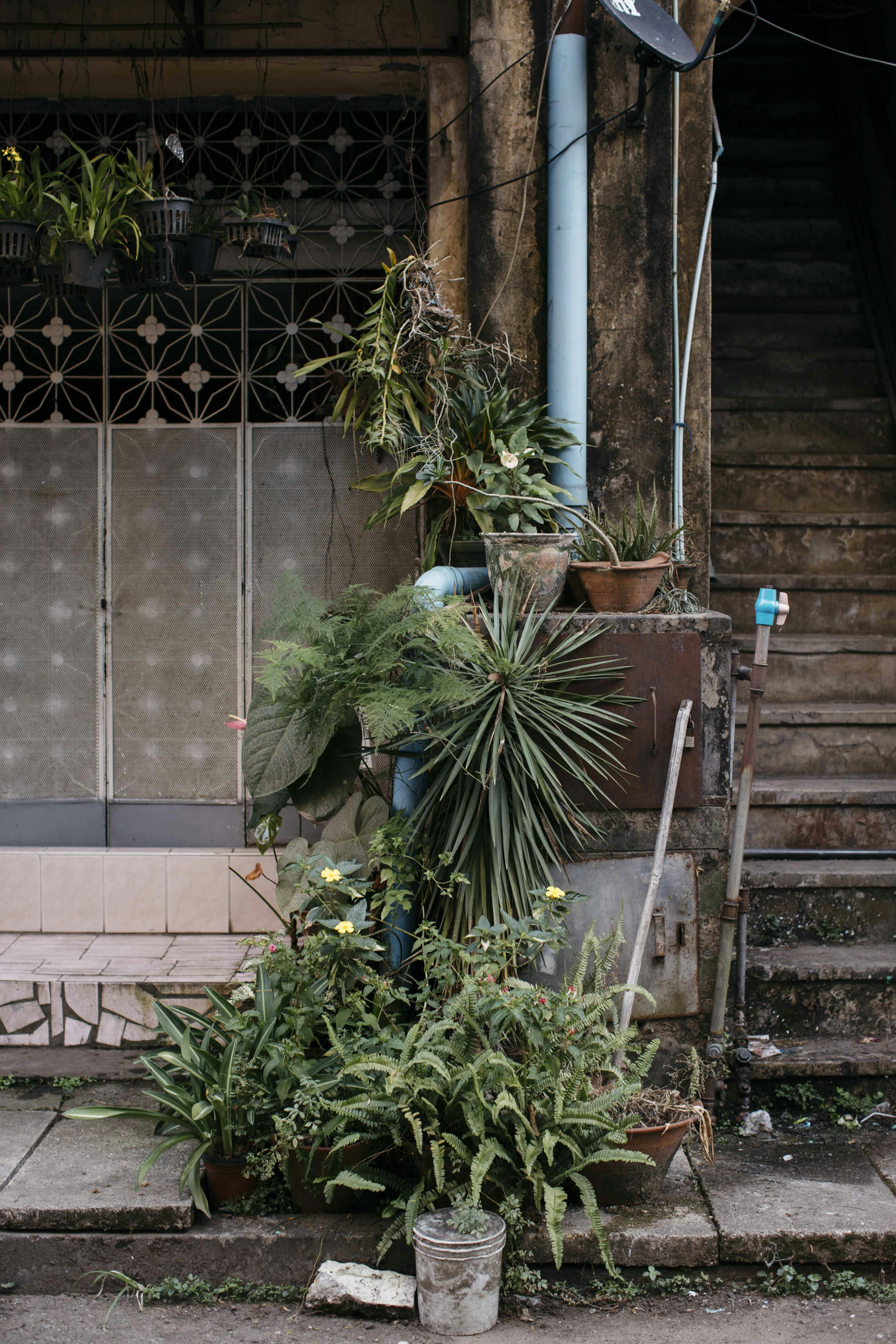
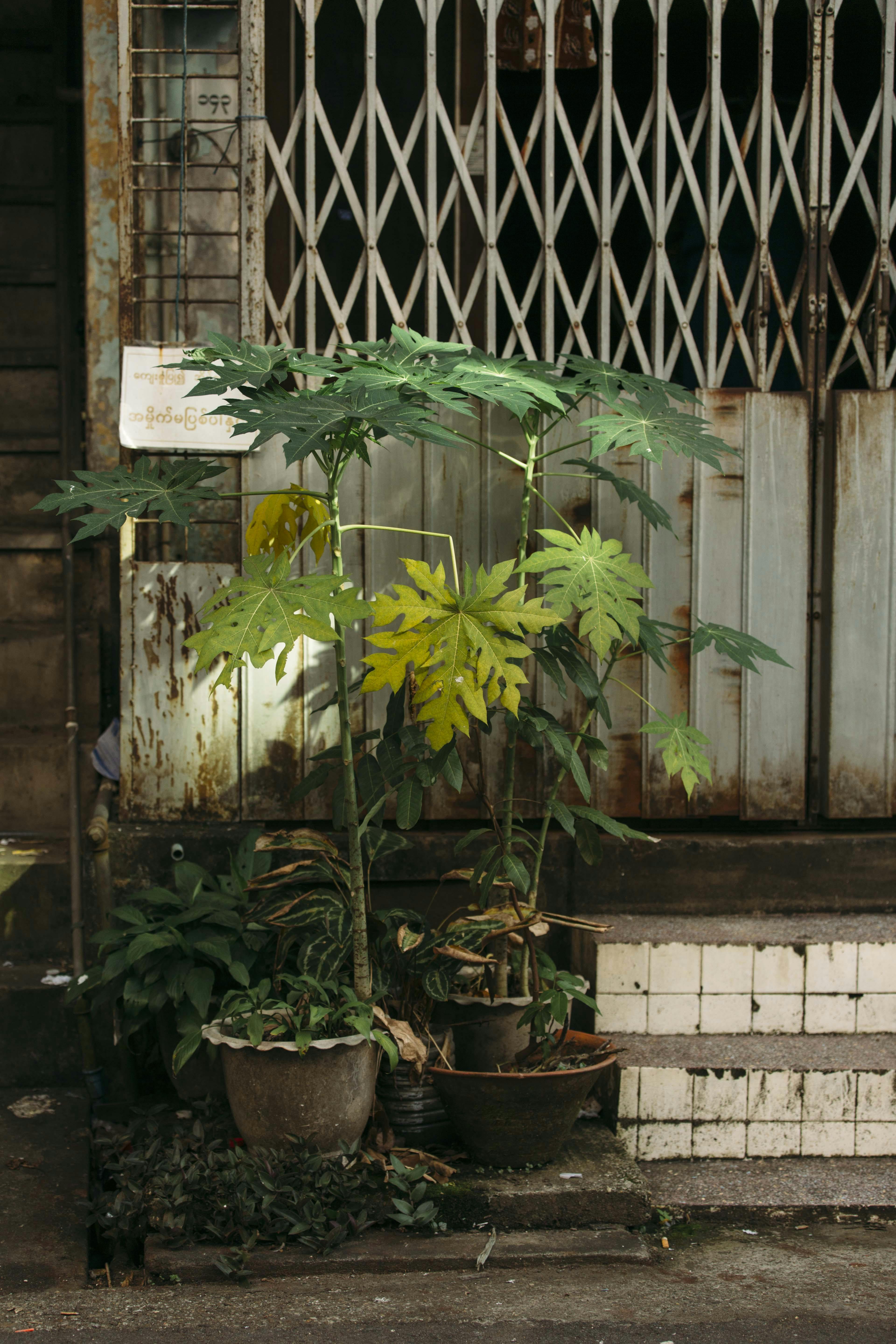
!<Ko Myo’s potted orchids cover the front of his house, resting on the ground or hanging in tidy rows from the eaves. It is clear from our conversation that they are a source of great pride and beauty to him. They have added significance; they are the plants that moved with him after 2008’s devastating Cyclone Nargis, and have become reminders of his survival and continued health.>
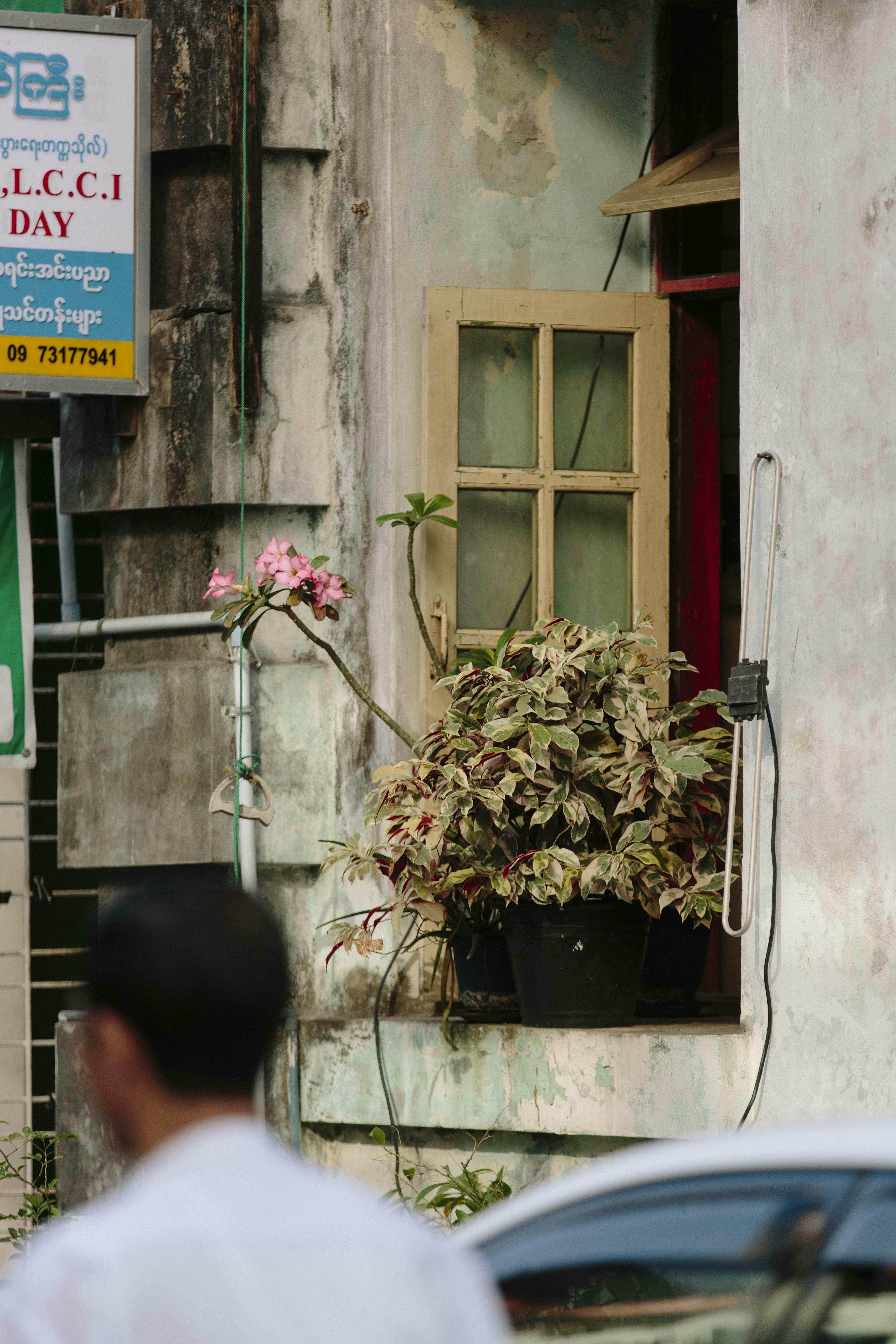
“I’ve been interested in gardening since I was very young. It has been 40 years since we moved here. It was a small garden before but now it has grown.
The plants I grow? The thorny ones are for protection from danger. The other plant is for diabetes. If you boil it and drink, it helps to cure diabetes. I learnt to garden by trial and error and asking advice from others. I just started with the one pot plant and now it became a lot! There are no tricks to gardening, it is very easy here. Myanmar’s soil is really good and everything can grow easily.”
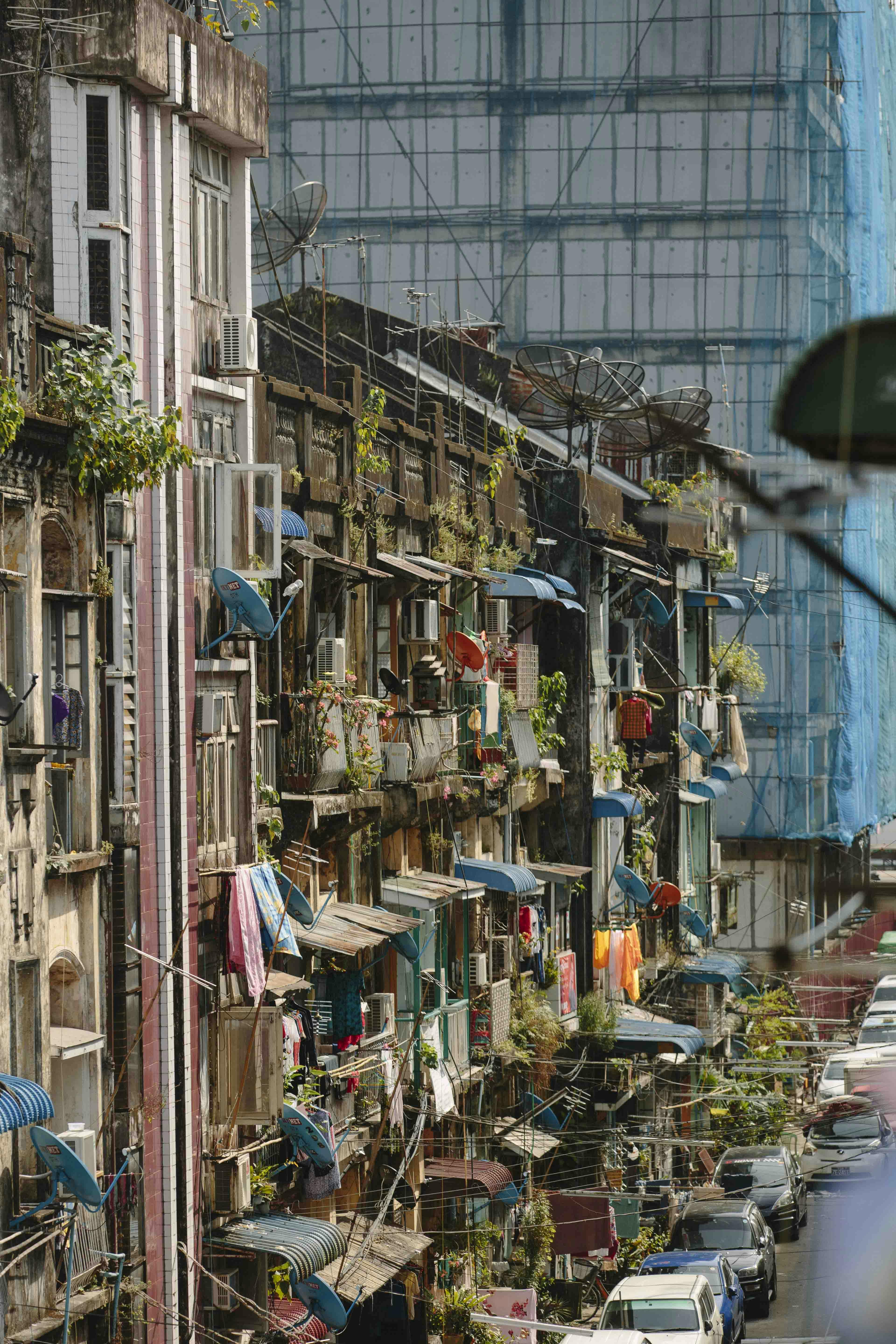
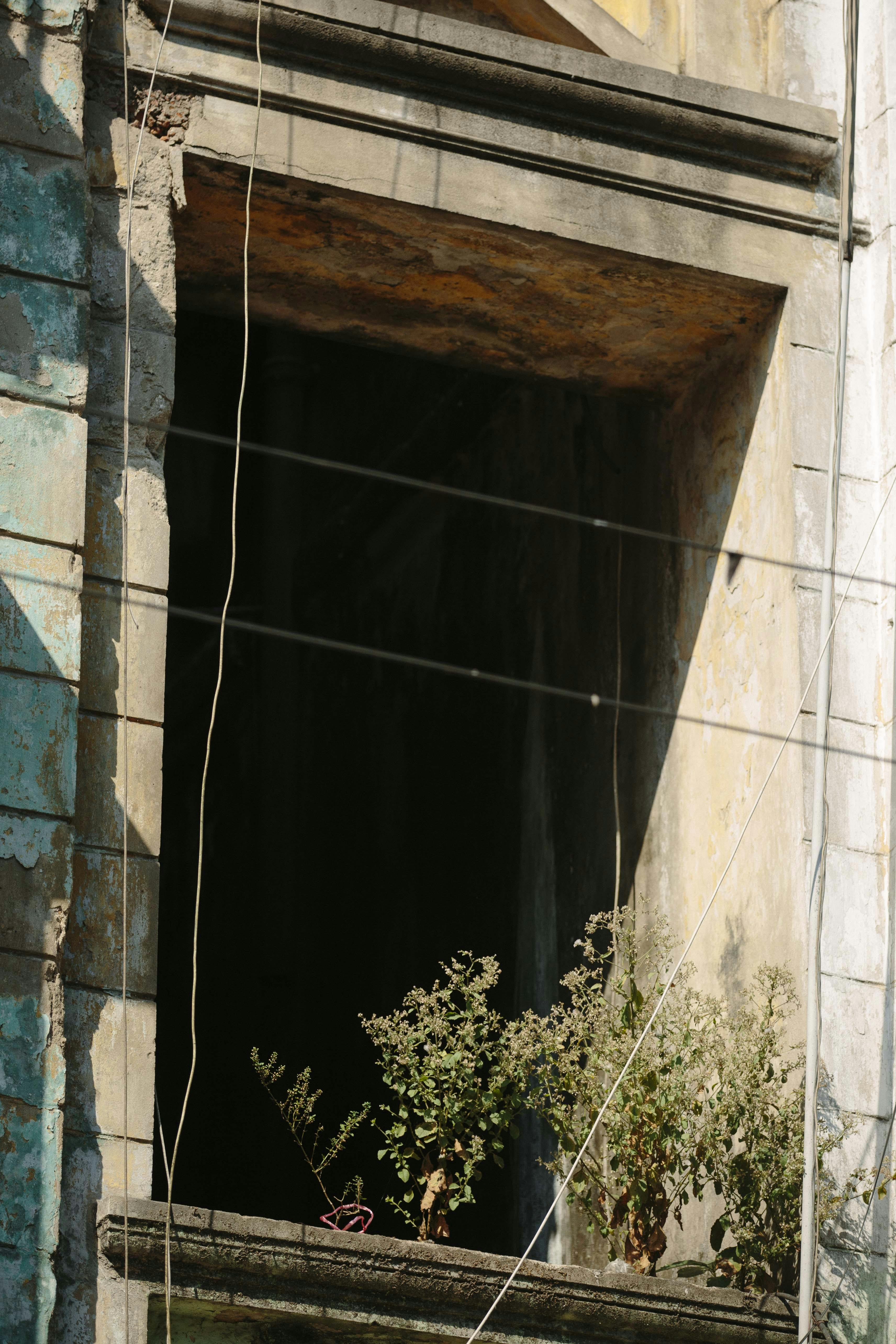
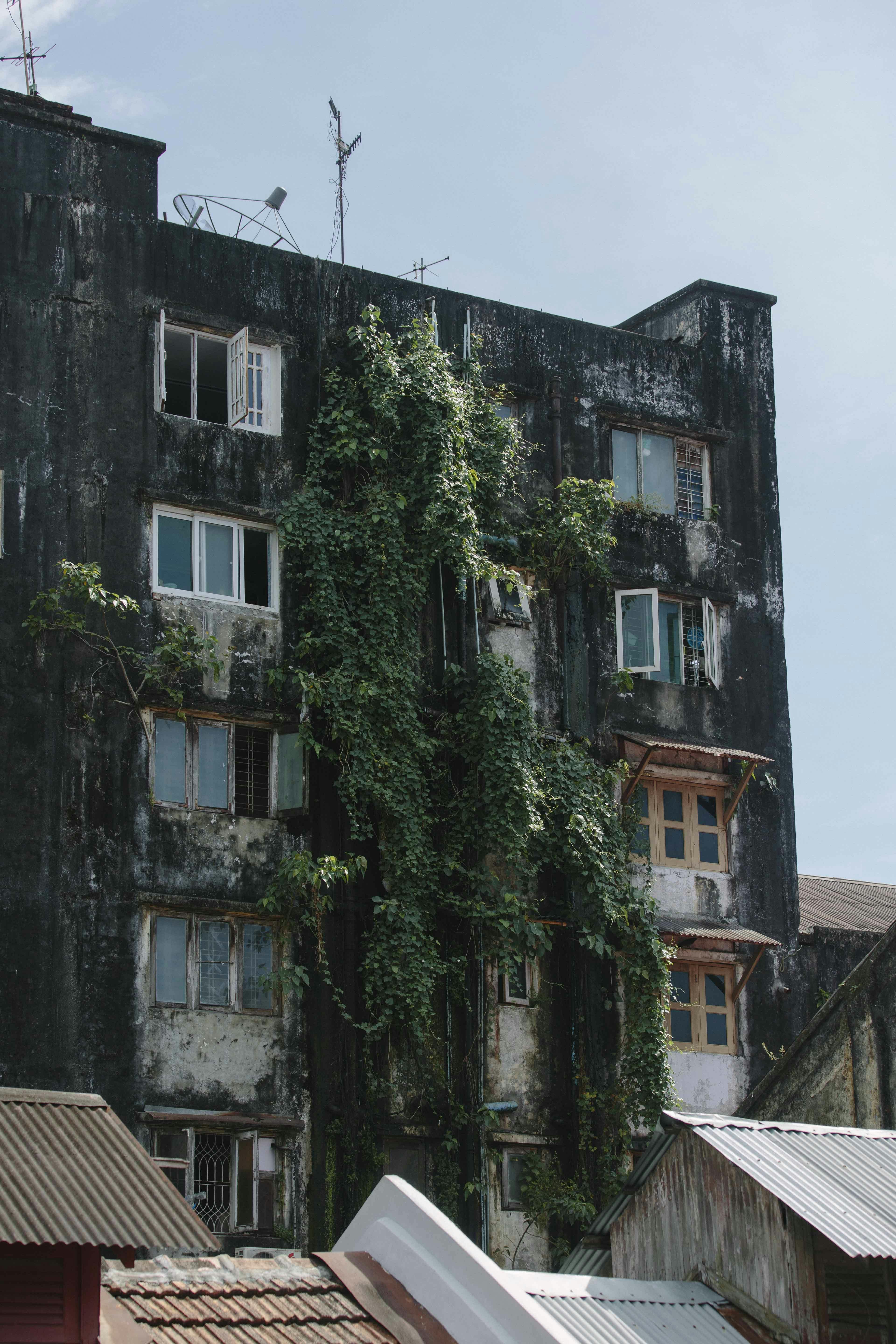
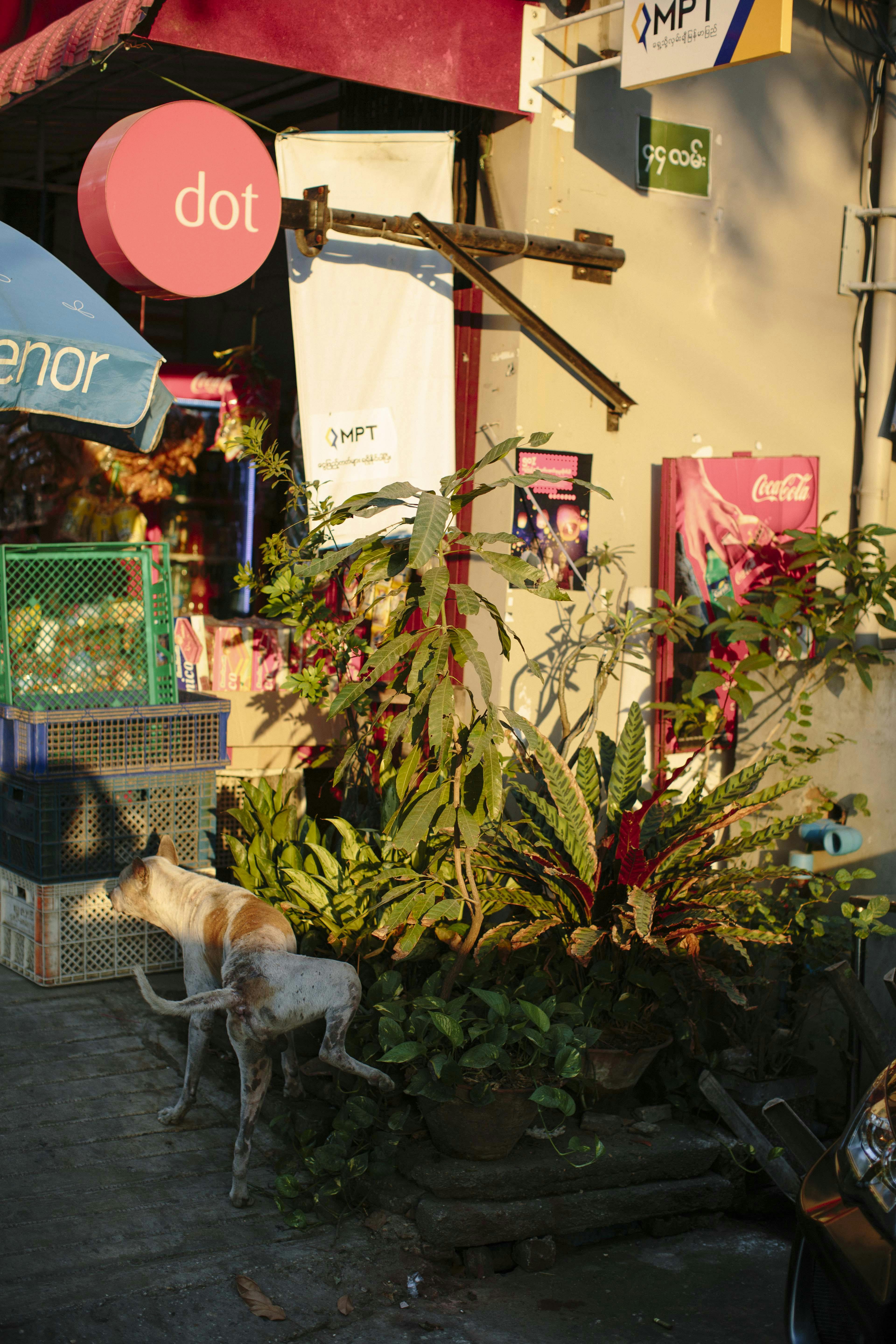
!<U Kyaw Shwe’s ‘egg flower garden’ is famous for the hundreds of egg shells that are speared upon his plants. The misunderstandings around why he does this keeps him endlessly amused.>
“I was born in this house 60 years ago. Some of these plants have been here since then. I am the gardener, my wife has no interest in it. Now our house is known as the “egg house” in this street. I started gardening a long time ago, but these eggshells are something that my wife and I just started doing. It started with 2 egg shells and then I received many egg shells from my friend’s restaurant and it become a great many.
Some people who pass through think these eggs are just nonsense while others think they are for soil nutrition. Others think the people who live in this house must be fatties from so many eggs! I sit in the house and laugh, because all this is just for pleasure.”
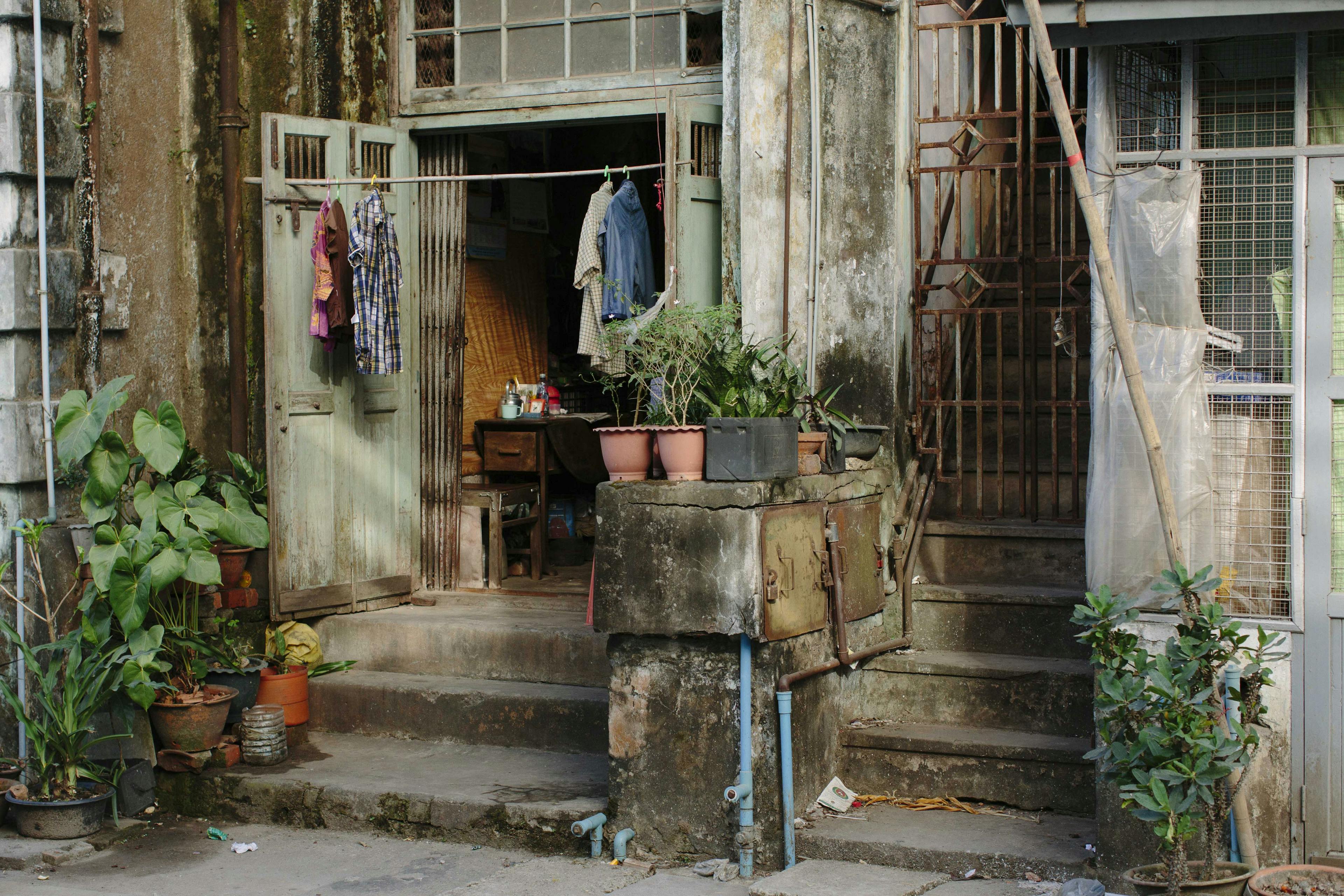

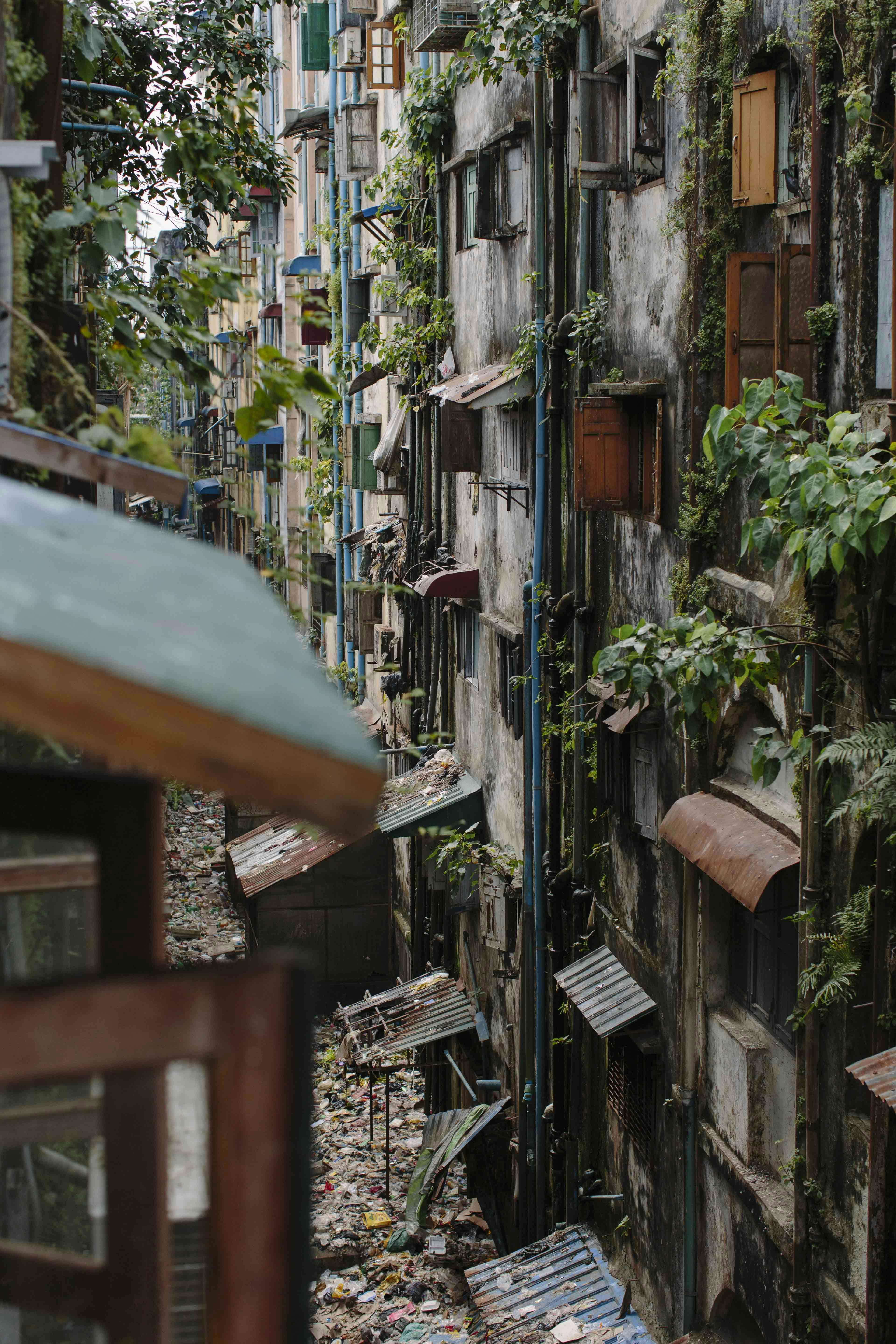
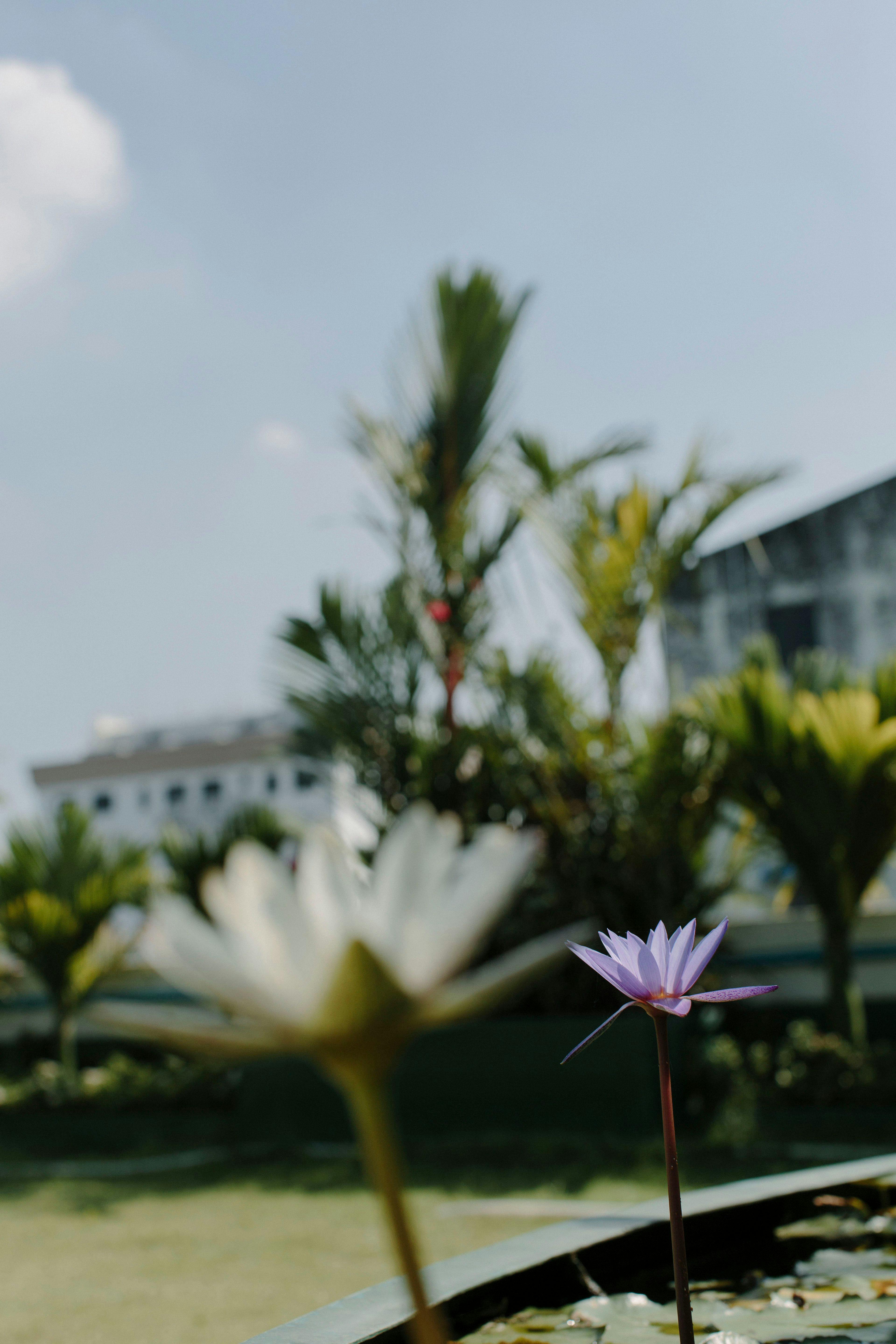
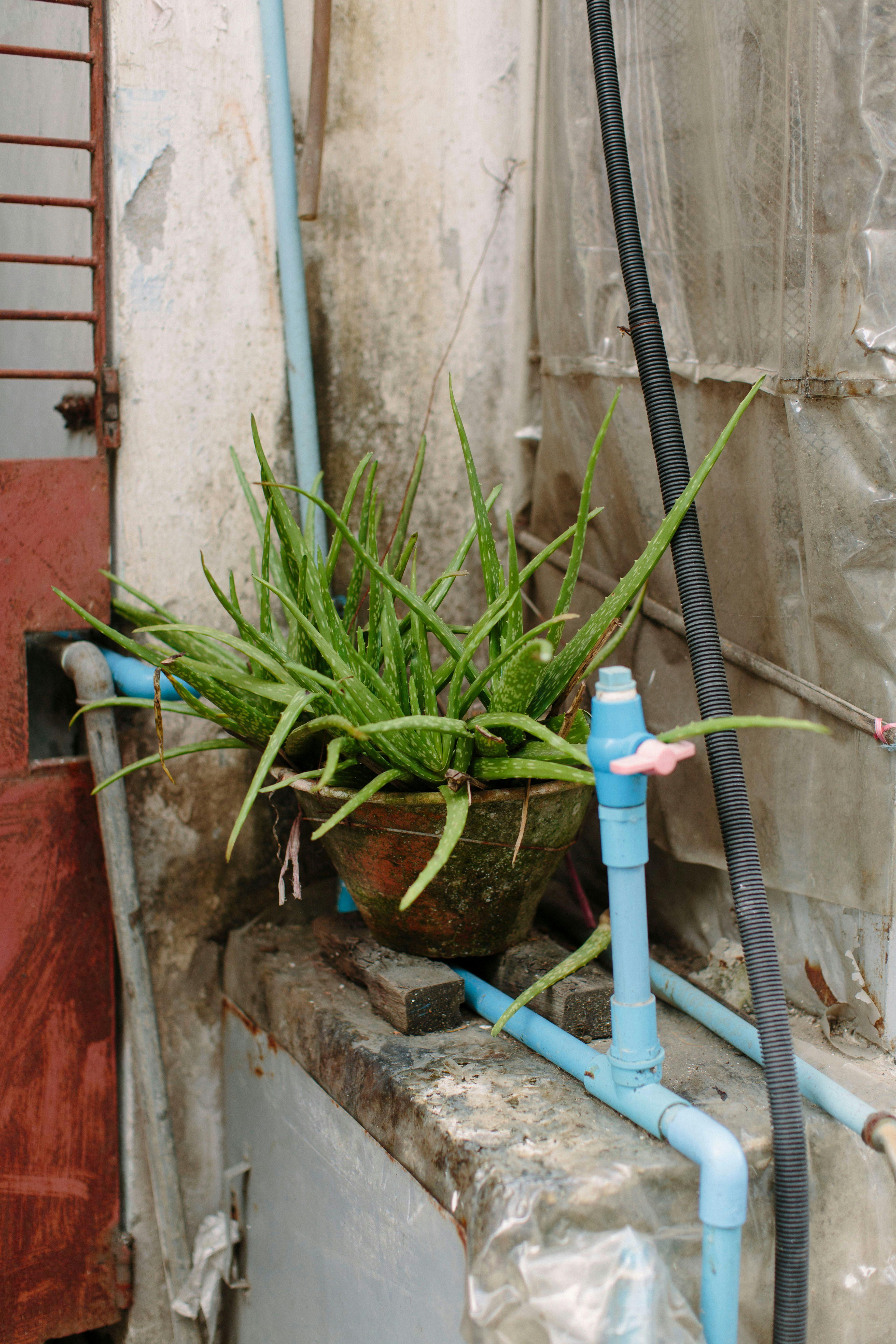
NB I photographed Myanmar in 2015, during the elections that saw Aung San Suu Kyi’s NLD party win a historic landslide victory. Yangon at the time was awash with energy and hope, a city filled with red NLD party flags flying and buoyant campaign songs playing on repeat. Unfortunately, with time the full promise of regime change has revealed to the International community that Suu Kyi’s leadership is nominal at best. Even more tragically, the whispers of ethnic violence that were only hinted at on the political stage in 2015, hit with full genocidal fury in 2017. A damning UN report (August 2018) reported finding evidence that Myanmar’s military were responsible for war crimes and crimes against humanity against Rohingya and minorities across the country.
